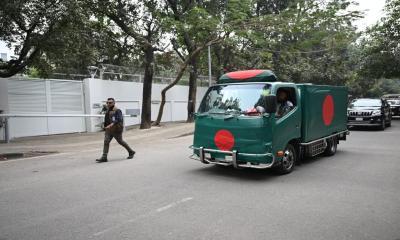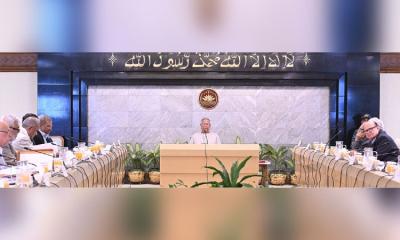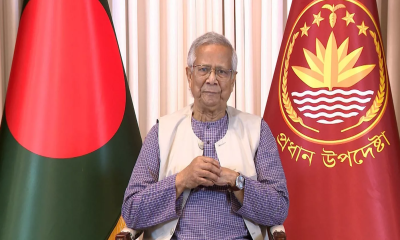Those who woke up to the sound of firing at the Pilkhana BDR (now Border Guard Bangladesh or BGB) headquarters in the capital did not have any idea as to what exactly was going on there on February 25, 2009.
Two days later, it became clear that the paramilitary force had witnessed its worst tragedy: the killing of 74 people, including 57 army officers in an armed revolt at the Darbar Hall of the force.
Just a day before the mutiny, Prime Minister Sheikh Hasina inaugurated a three-day "BDR (erstwhile Bangladesh Rifles) Week" at the Pilkhana headquarters where several hundred BDR members rose in the armed rebellion that lasted for two days. The revolt erupted on the premier’s 51st day in office.
Finally, the mutiny ended with the surrender of firearms, ammunition and grenades through negotiations between the government and the BDR mutineers on February 26.
Despite being thought to be a festive and colourful event, the “BDR Week” ended up witnessing dozens of murders that left an entire nation reeling in shock.
What exactly happened on Feb 25
The annual Darbar (assembly) started amid heightened security at the Pilkhana headquarters at around 9am, with 2,560 BDR personnel present there.
On the stage of the Darbar Hall were the then BDR chief, Maj Gen Shakil Ahmed, and other senior army officers deputed to the force.
According to the chargesheet and depositions, a team of disgruntled Jawans (BDR members) entered the Pilkhana weaponry and looted arms and ammunition from there, taking hostage a major who was in charge of the facility.
Witnesses said other BDR members stationed at the weaponry did not stop the looting.
As the BDR chief was addressing the event at the Darbar Hall, sepoys Moin Uddin and Kajol entered the stage at 9:26pm. Moin was armed and leading Kajol. Once there, Moin pointed his firearm at Maj Gen Shakil Ahmed.
Brig Gen MA Bari instantly pushed Moin to the ground and took away his firearm.
All of a sudden, a group of agitating BDR men started chaos, placing several demands at the event.
Maj Gen Shakil Ahmed repeatedly asked them to calm down but to no avail. He also ordered other senior BDR officers to control their respective unit members but to no avail. He promised that he would listen to their demands and asked them not to leave the Darbar Hall.
Right then, a voice screamed: “Jago”
.Soon afterwards, sepoy Selim Reza led a BDR team into the Darbar Hall and the situation immediately went out of the hands of the force’s high command.
Gunshots were heard from outside the venue, which the revolting BDR members covering their faces in masks besieged in no time.
They opened fire killing some officers inside the hall. At around 10:30pm, they asked others, including Shakil, to go outside in queues and then killed them. In the mutiny, many members of the BDR officials’ families were also killed.
The mutineers also ransacked and looted the officers’ houses and set fire to vehicles.
As the news broke, personnel of the army set off for the venue with heavy weapons and armoured vehicles from Savar and Dhaka cantonments.
By 11am, the army took position at Dhanmondi and the Nilkhet intersection. Artillery guns and armoured vehicles were placed near the BDR Gates No one and five, among other major points adjoining the Pilkhana headquarters.
Sensing their presence, the mutineers started firing, targeting them at the main entrance and Gate No three of the BDR headquarters.
Leaflets were dropped from a helicopter to the agitating BDR members at around 12:15pm, urging them to surrender.
However, the rebels fired at the helicopter and using a loudspeaker they demanded that the prime minister and the home minister meet them at the Pilkhana headquarters.
On the premier’s behalf, the then Jubo League chairman Jahangir Kabir Nanak and whip Mirza Azam appeared at Pilkhana’s Gate No 4 at around 1:30pm.
They arranged a meeting between the prime minister and a delegation of the mutineers.
Deputy assistant directors (DAD) Touhid, Nasir Uddin Khan, Mirza Habibur Rahman, Abdur Rahim and Jalil as well as sepoy Selim Reza among others were leading the revolt.
A 14-member delegation headed by DAD Touhid met the prime minister at the state guest house Jamuna at around 3:30pm.
Nanak told reporters at 6pm that Prime Minister Sheikh Hasina had declared a general pardon for the revolting BDR men and pledged to meet their demands in phases.
She, Nanak said, also asked them to surrender weapons and return to their respective barracks.
An hour later, the Jawans demanded a gazette to be published in this regard. They again started chaos at the Pilkhana headquarters, snapping the power supply and burying the corpses of the army personnel they had killed.
Developments on Feb 26
Beginning in the morning, the number of BDR personnel started to decline at the Pilkhana headquarters. Many fled the venue in civil dress as they were losing their grip there.
At one stage, BDR members led by DAD Touhid promised to surrender. Later in the night, they surrendered to the then-home minister Shahara Khatun.
After that, the police took over the BDR headquarters as the 33-hour rebellion came to an end.
Killings revealed
Mass graves were found inside the headquarters on February 27. The bodies of Maj Gen Shakil Ahmed, his wife and other army officers were found buried there.
A huge cache of arms, ammunition and grenades were recovered from the scene.
When the plot was crafted
The mutineers started planning the rebellion well ahead of the annual Darbar. Even intelligence agencies could not sense that.
They had been demanding appointment of their own officers under a system such as the BCS cadre, an increase of border allowance, 100% ration allowance, sending them to the UN missions, the restructuring of their salary structure in a similar model to that of the army.
Besides, the Daal-bhat program, punishment of sepoys, lack of transparency in running BDR shops, luxurious lifestyle of officials, corruption in running the schools, etc, gave rise to questions and discontent among the BDR men.
They pitched the demands to the then-lawmaker Fazle Noor Taposh and others.
Before Prime Minister Sheikh Hasina reached the “BDR Week” venue on February 24, a group of BDR men decided to unleash an attack there. With this in mind, they distributed leaflets among fellow BDR members.
They also talked to BNP leader Nasir Uddin Ahmed Pintu on that day near his house. Pintu guided them to BDR Gate No five.
As planned, the BDR rebels led by sepoys Moin and Selim Reza gathered at the Pilkhana headquarters before they finally launched the killing mission.
This article was first published in Dhaka Tribune, a national English daily under author name Siam Sarower Jamil.




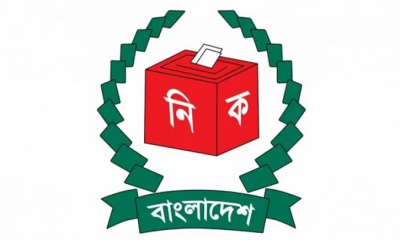

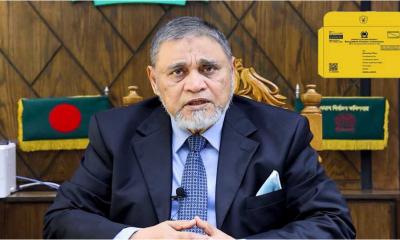
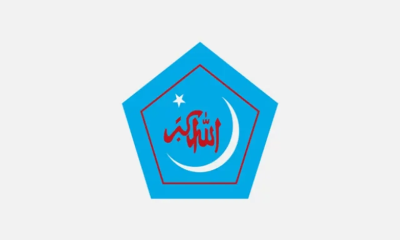
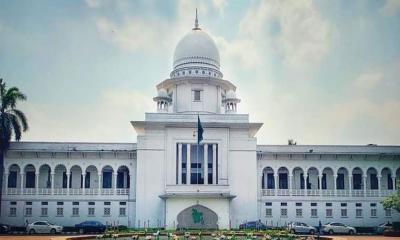
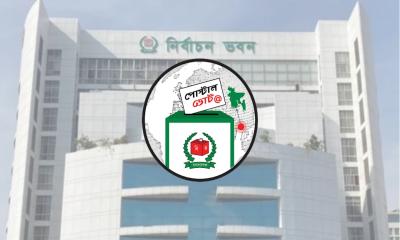
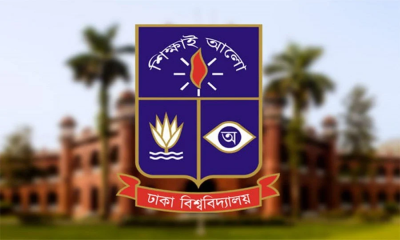
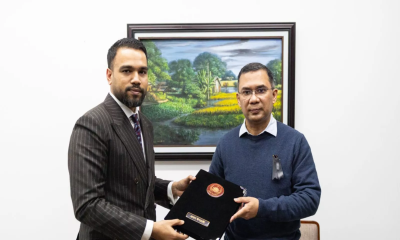




-(25)-20251122062715-20260105041159.jpeg)
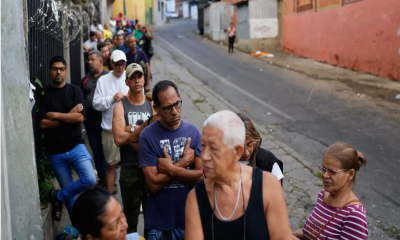
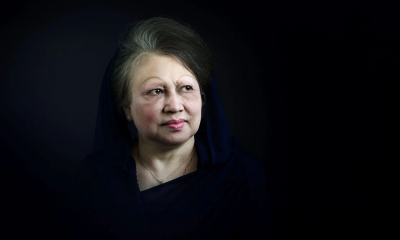
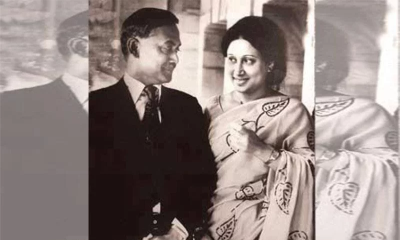
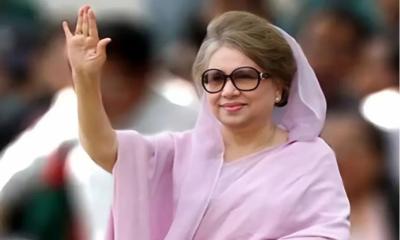
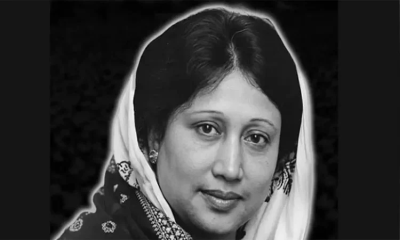
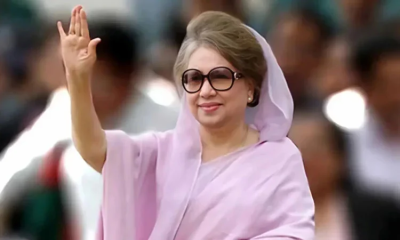


-20251229113834.jpg)
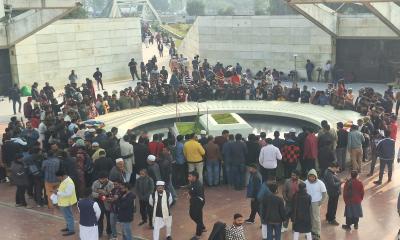
-(2)-20260102070806.jpeg)

